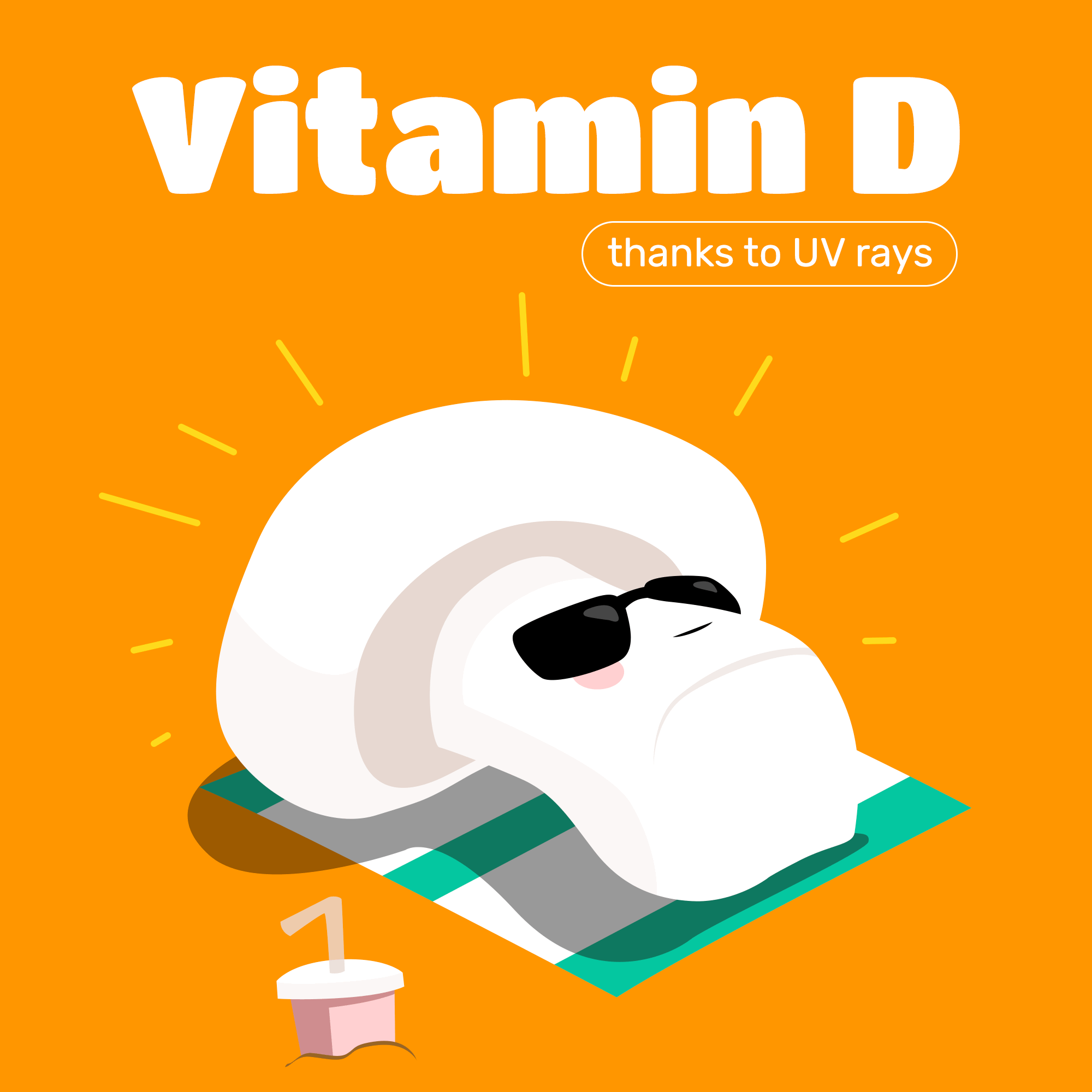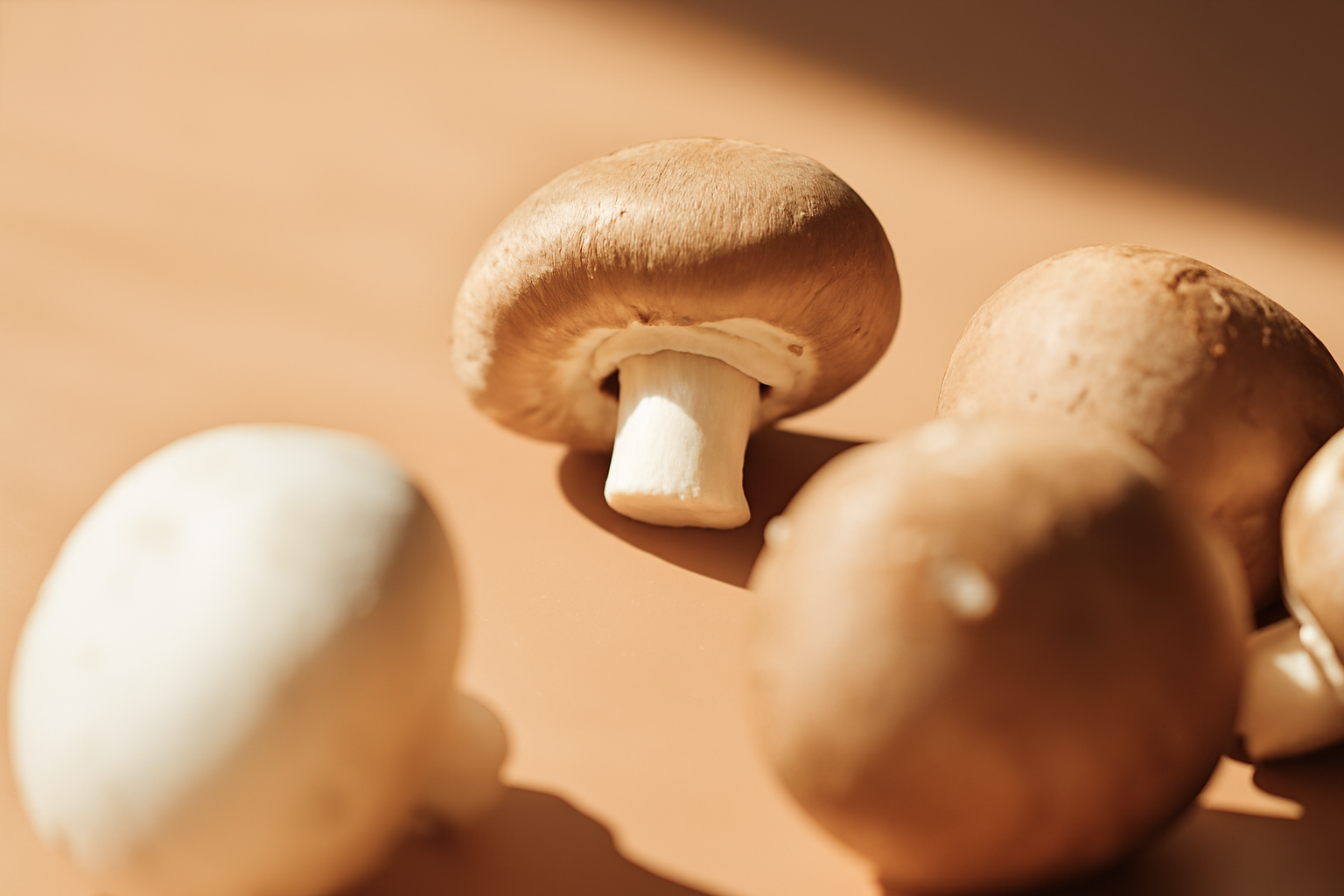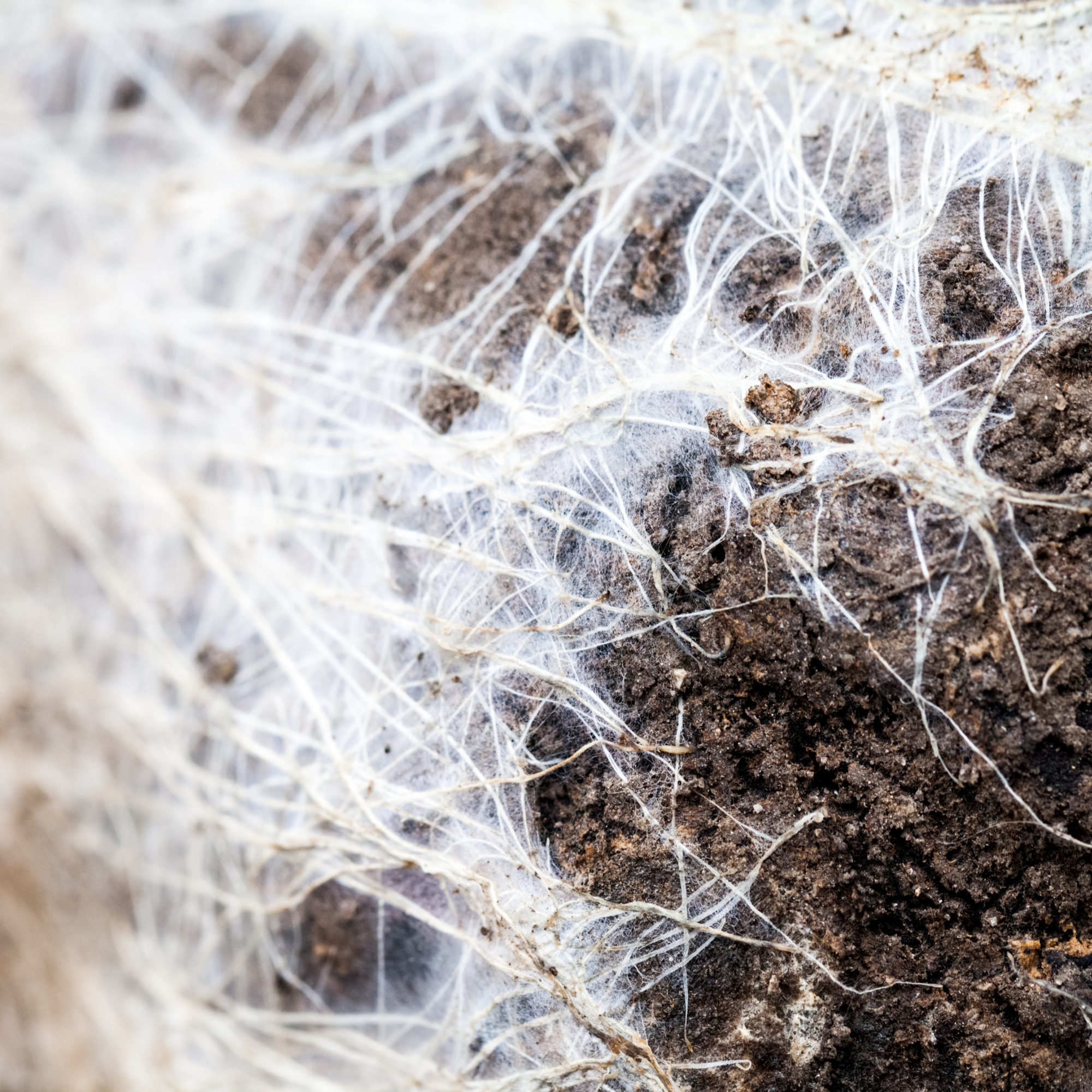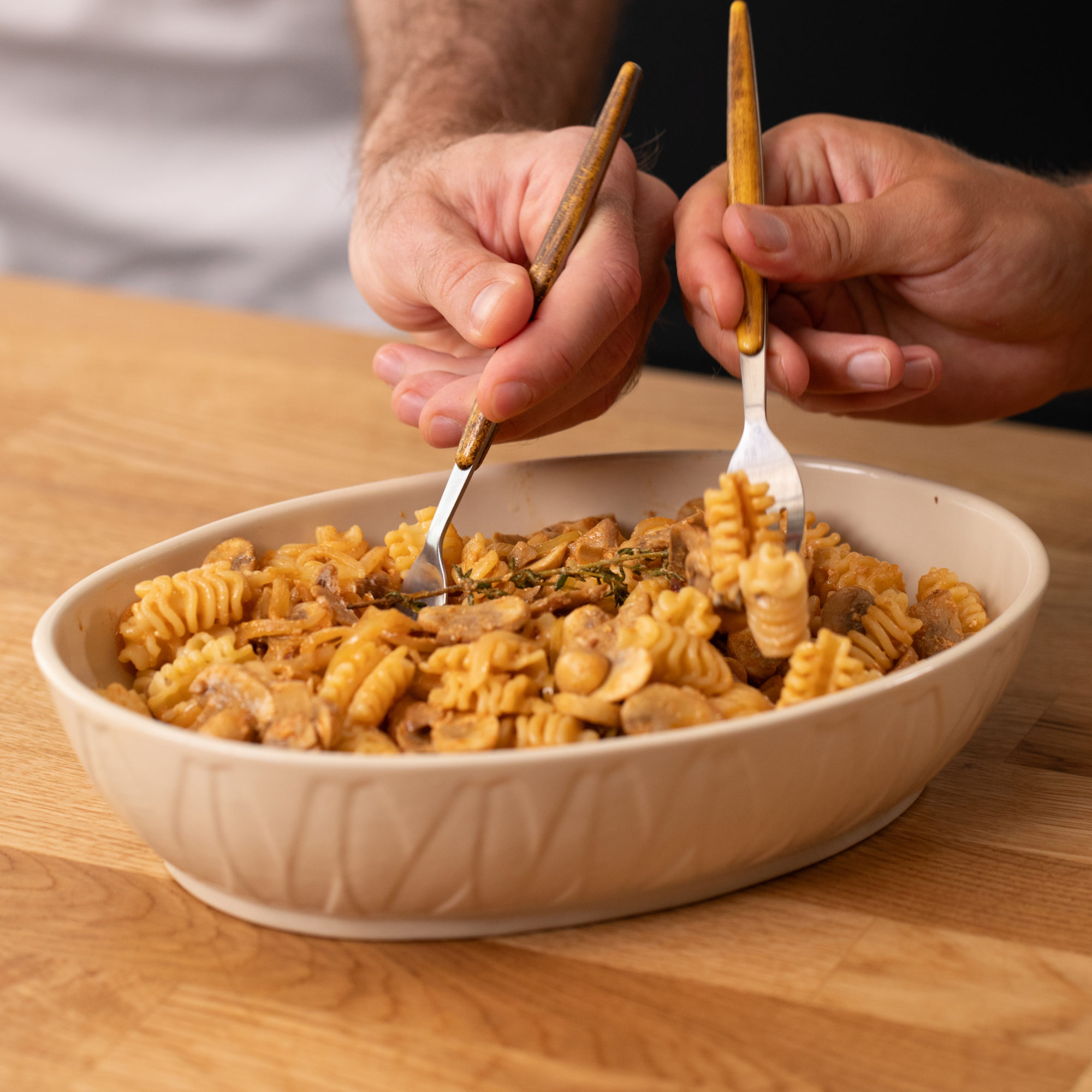Ever wondered how mushrooms and vitamin D are connected?
While most of us know that sunshine helps our bodies make vitamin D, it turns out mushrooms can do something similar. From button mushrooms to other exotic varieties, these fungi have a neat trick for producing this important nutrient. Let’s explore how mushrooms make vitamin D, what you can do to boost their vitamin content, and how to make the most of them in your kitchen.
What is the role of Vitamin D?
Vitamin D plays a valuable role in the body, supporting the maintenance of normal bone, teeth and muscle function, as well as the normal function of the immune system.

How do mushrooms produce Vitamin D?
Mushrooms contain a compound called ergosterol, which acts like a precursor to Vitamin D. When exposed to UV light (natural or artificial), ergosterol is converted into Vitamin D2. This process is similar to how human skin produces Vitamin D when exposed to sunlight.
Can all mushrooms provide Vitamin D?
Not all mushrooms are created equal! While many common varieties contain little to no Vitamin D, those treated with UV light or sun exposure can have significantly higher levels. For example, UV-treated mushrooms can provide over 100% of the daily recommended intake in just one serving.

You can “tan” your mushrooms by placing them in direct sunlight for about 15 minutes, gills facing up. This simple method can boost their Vitamin D levels before you cook them!
While the UV treatment process increases vitamin D2 content in mushrooms, it has minimal impact on other nutritional aspects.
Cooking can affect the vitamin D levels in mushrooms, with the impact varying depending on the cooking method and duration. It is recommended to maximize vitamin D content to use shorter cooking times (less than five minutes) and methods that retain more nutrients.
Storage: After UV exposure, vitamin D2 content in mushrooms remains largely stable for 7-10 days when refrigerated.




